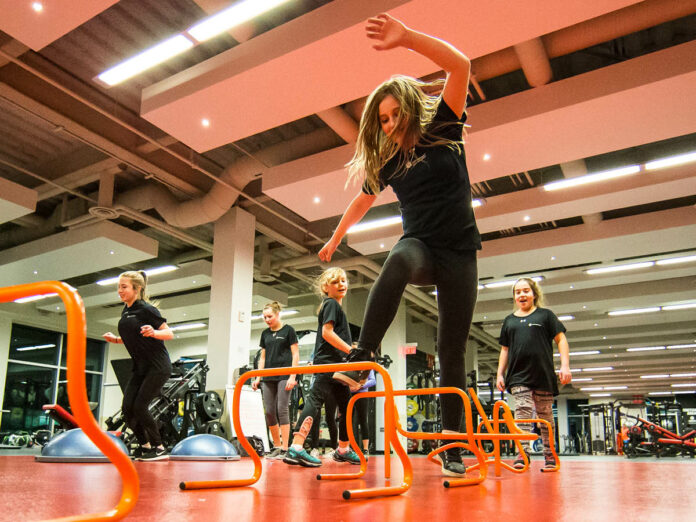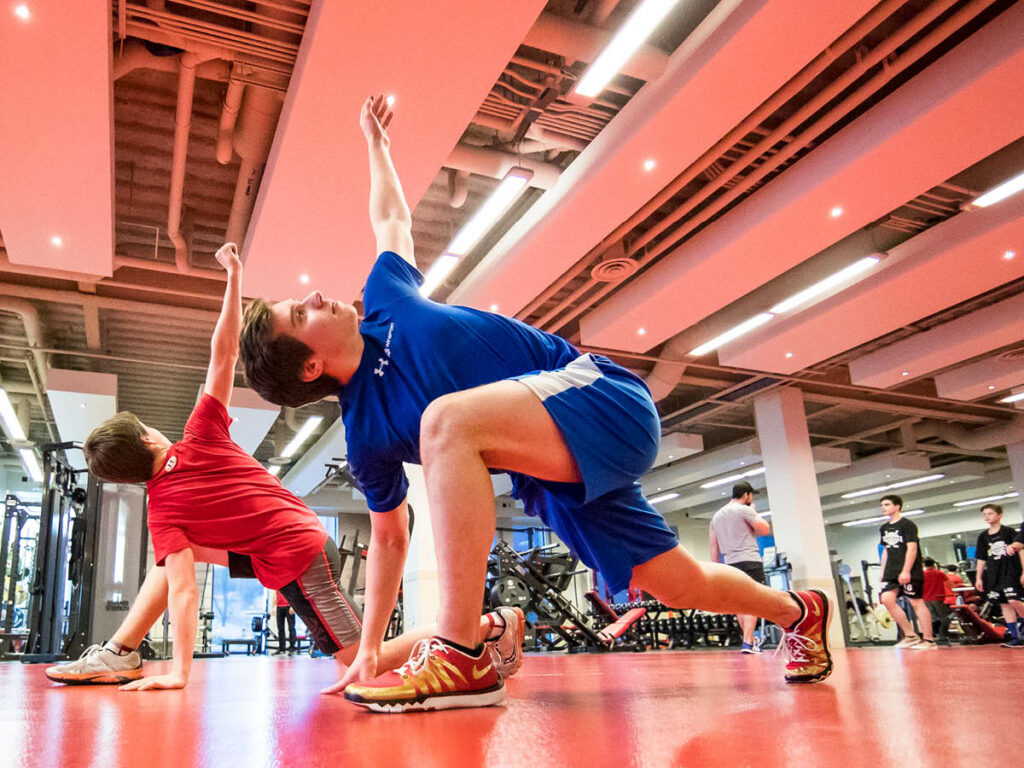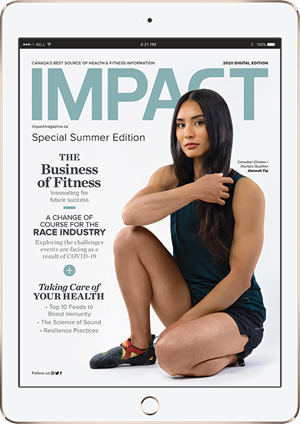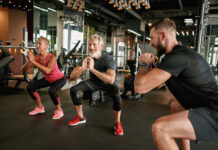
Parents recognize that participation in sport and physical activity is important to the overall development of their child, which is why many of us spend our evenings and weekends in bleachers next to a field, pitch, hill, court, pool deck or elsewhere to support our youth athletes. We all want our kids to be successful in every aspect of life. Their physical, mental, emotional and cognitive well-being are the foundational building blocks that turn them into successful human beings, but they are also the most basic elements of the athletic toolkit that sport equips us with from an early age.
So, how do we as parents keep our children on the right track to excellence in life and sport, knowing that continued participation in sport and physical activity into adulthood is the key? To answer this question, we must first acknowledge and adress potential problems.
Youth athletes are dropping out of sport and physical activity far too early. In Canada alone, sport participation rates peak at ages 10 to 13 and decline steadily with age (Glen Mulcahy, 2017, Why Sports Participation in Canada is Declining). There are many contributing factors to this, but the number one reason for the decline is that kids feel physically inadequate in their athletic abilities, especially in comparison to their peers. Secondly, they are getting injured at an alarming rate (Crane & Temple, 2015, A systematic review of dropout from organized sport among children and youth). As parents, we must give our children the necessary tools to develop the skills that increase their competence and confidence to participate and reduce the likelihood of them becoming injured.

Myer et al cites two types of skills that youth need to develop as early in life as possible to increase competence and confidence in physical activity (Myer et al, 2013, How Young is Too Young to Start Training?):
1. Fundamental Movement Skills
Having the capacity to perform primal movements properly. Some examples of primal movements are squats, lunges, pulling, pushing, twisting, bending, and gait (how a person walks or runs). These movements form the foundation for the development of athletic skills such as balance, locomotor skills (running, jumping), and ball skills (catching, throwing, kicking).
This is a reason why outdoor play amongst children becomes so important to their development later. That time spent on the playground may look like monkey business, but it is part of building those foundational movement skills.
2. Primal Muscular Strength
Having strength to perform functional movements against some sort of resistance such as body weight. Some examples of this type of strength are being able to do a push-up, climbing a jungle gym, or lifting something up from the ground.
So, what do we recommend for youth sports?
- Get kids involved in physical activity early & often
Unstructured play or game-based activities emphasize motor skill development, technical proficiency, and movement quality. These activities need to be highly creative to challenge motor skills and confidence in a variety of environments, and games with competitive scenarios need repetition to promote refinement and improvement. Gymnastics is a great starting point for giving your kids a head start in their functional movement capacity and coordination. In this early stage, building confidence is key and this translates well from sport to the classroom or other practical life applications, where they learn to overcome obstacles and gain confidence in their abilities. - Get kids involved in activities that have a multi-sport focus
Kids should be playing at least two to three different sports until their mid-teens to mitigate the number of overuse injuries and to develop a holistic athletic skill set. The demand to specialize too early in a singular sport in conjunction with the increasing rise of competitiveness is primarily the root cause of injury in active youth. Integrating mental performance, nutrition, recovery strategies and the ability to “just have fun” through sport is crucial to ensure your child thrives in sustaining an active and healthy lifestyle for life. - Get kids to explore & develop their strength abilities
Giving your children the opportunity to explore resistance training and conditioning that is aligned with their age and stage of development is essential for long-term athletic advancement. Youth sidelined due to injury not only endure the psychological burden to return to play, but they will not improve at their sport. Creating durable and robust athletes, along with mastering the fundamentals early, will allow your children to continue adding to their athletic toolkit into their competitive years and excel at their sport of choice later.
A holistic athletic toolkit built with age-appropriate progression is the best way to keep your kids interested in sport and engaged in lifelong active pursuits. In turn, lessons learned through sport will pay dividends in other aspects of life as your children grow to have well-rounded experiences.
 IMPACT Magazine’s Special Summer Edition
IMPACT Magazine’s Special Summer Edition
This has not been a regular summer, and this is not a regular edition of IMPACT Magazine. In fact, it is an unprecedented issue that comes to you as a result of true grit and community support.
















